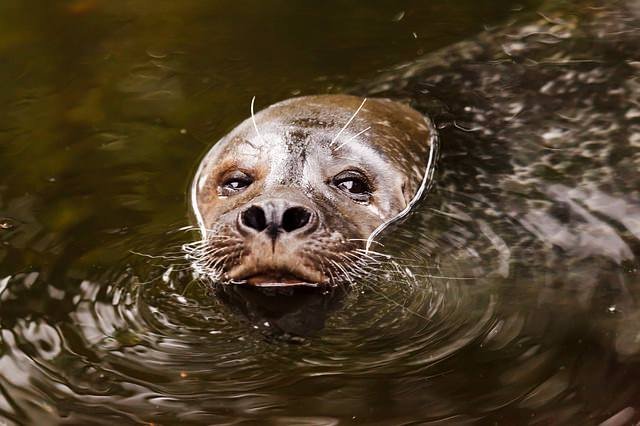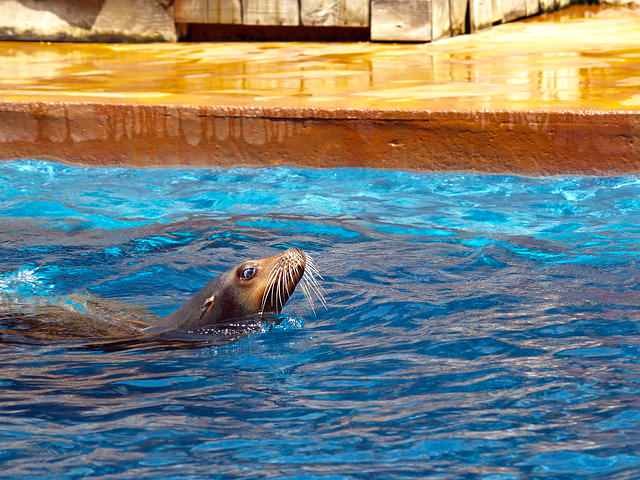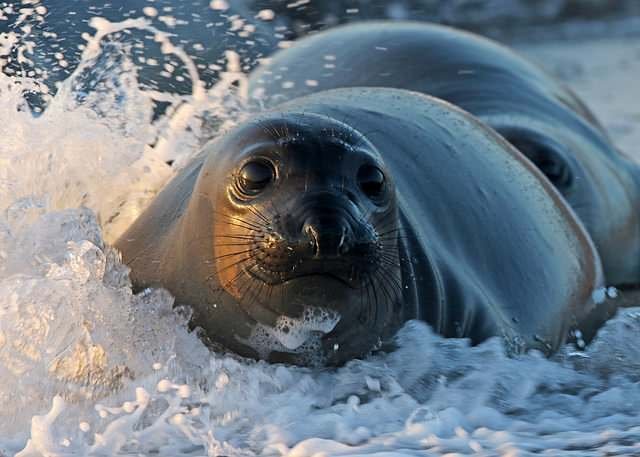W̲h̲y̲ ̲i̲s̲ ̲S̲e̲a̲l̲ ̲a̲ ̲c̲o̲o̲l̲ ̲a̲n̲i̲m̲a̲l̲ ̲o̲f̲ ̲t̲h̲e̲ ̲s̲e̲a̲?̲
The scientific name of the seals is one of the pinnipeds, that means "with feet like the fine".
They are divided into two main types: Phocidae or true seals, which evolved from otter-like ancestors, and others, which comprise sea bears.
The family: Phocidae, it can be said that the family of phocids comprises pinnipeds characterized by the absence of auditory pavilions and hind limbs always backward and not involved in terrestrial locomotion, fingers of the anterior extremities with nails of normal development. The physics preferentially extended in the northern hemisphere, present five genera with five species on the Antarctic Continent.
The seals are adapted to live in the sea like other marine mammals like whales and dolphins, can immerse themselves at great depths for long periods of time in search of prey. Their bodies are optimized to move efficiently in the water and have fat To protect them against the cold. But unlike whales and dolphins, seals spend some time outside the sea. They give birth on land (their young would drown if they did otherwise) and change their skin every year on land. Seals can also move ashore properly, though not in a very elegant way.
A seal has much shorter limbs than most mammals, which appear to be the armpits and groin of a seal are the equivalent of the wrist and ankle. In comparison, the bones of their fins are enormously long, and the skin between them forms a net that is used as a paddle to propel the seal forward. They have long, strong claws on their front flaps that they use to help them move ashore, Especially when they have to cling to rocks or ice.
When a seal swims quickly, it holds its front fins firmly against its sides and propels itself with its powerful rear fins. The lower body moves from side to side and not like a fish as it moves along. When the seal is swimming slowly, the front fins are used as stabilizers and adhere to the sides.
The sense of smell does not work in the water for seals, it closes its nostrils forcefully before diving, to prevent sea water from irritating the delicate membranes of the nose. But the nose bones in the seal are large and quite complex, suggesting that the sense of smell is important on land.
When the water is especially dark or cloudy, seals can not use their excellent vision to help catch their prey. They have, however, sensitive mustaches called 'beards' that grow on both sides of the muzzle, above the eyes and in the upper part of the nose, believed to detect vibrations in the water caused by moving prey. There are cases of blind seals that have survived for several years in the wild, suggesting that for fishing the whiskers are more important than sight.
The ears of the seals are also adapted so that they can listen underwater as well as on land. The bones of the middle ear are larger than in terrestrial mammals, and there are changes in the shape and dimensions of other bones in the skull.







He is a water dog 😀
Yup!
beautiful animal...& great post...up ..
Thank you so much for your awesome support, @bibek!
You welcome my friend...its my pleasure:)